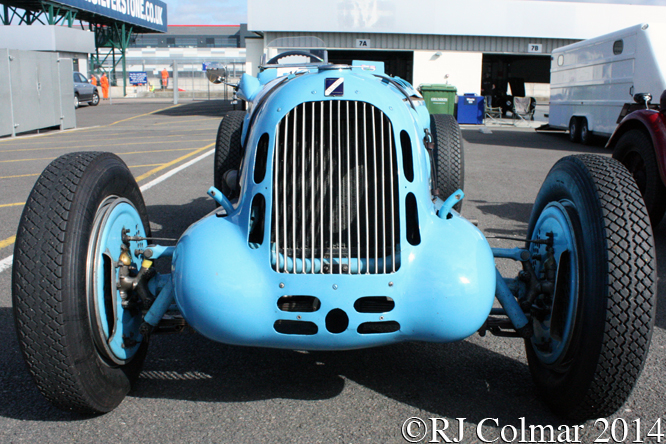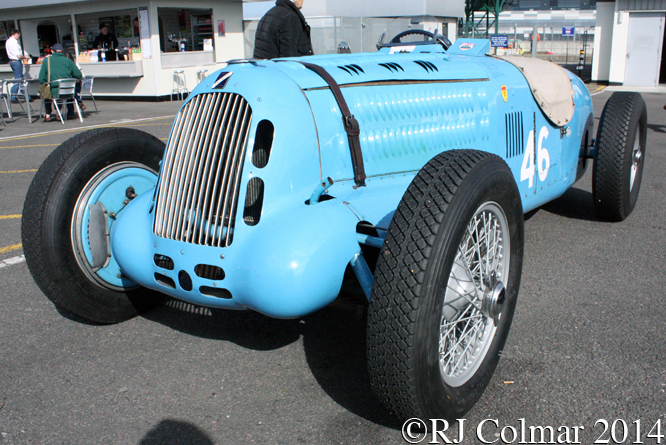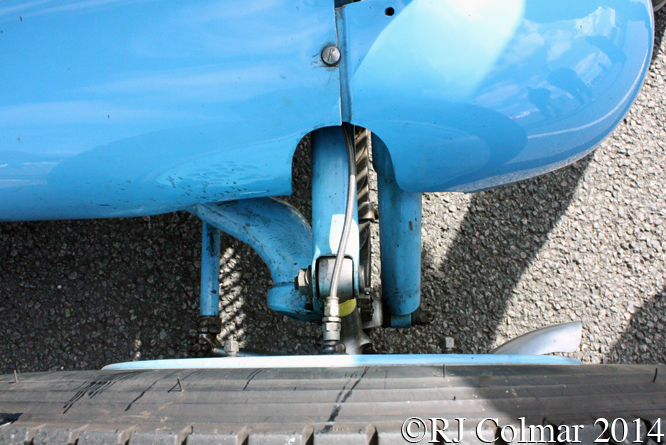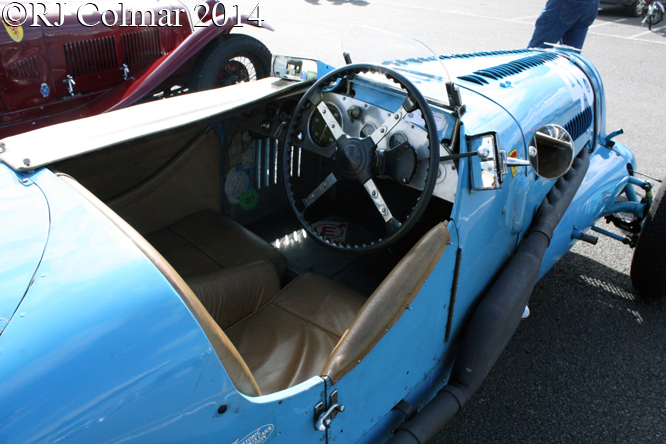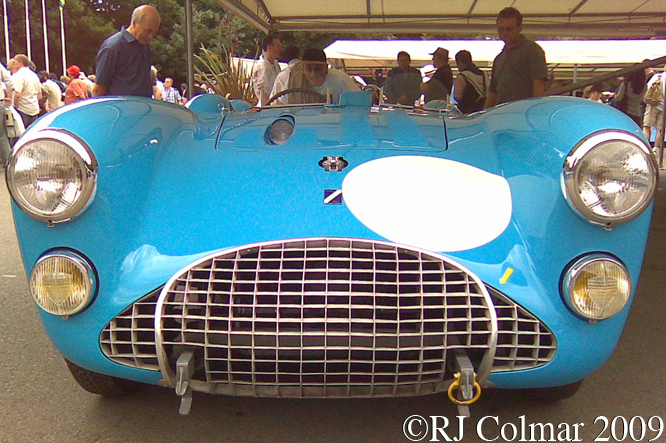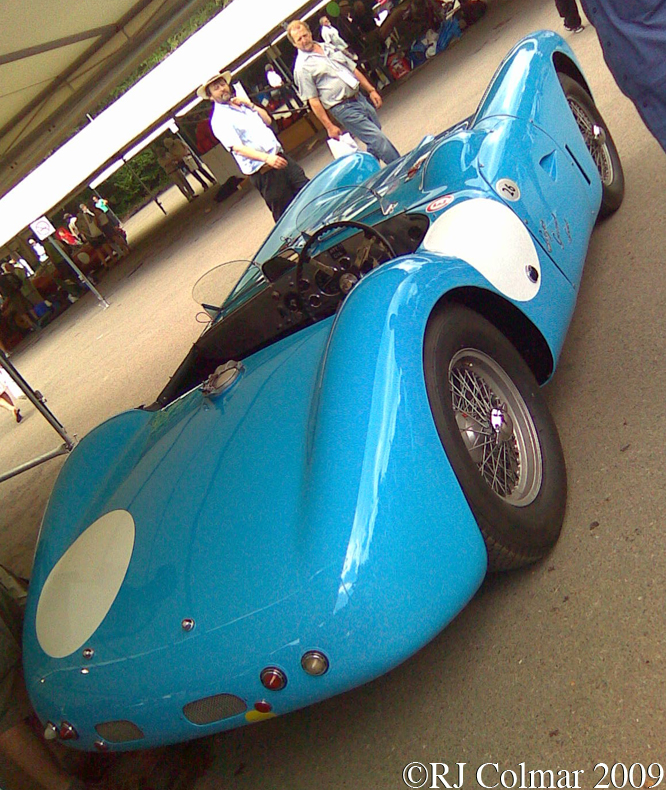Today’s post has a Gallic flavour focusing on the French cars at last weekends Silverstone Classic meeting.

Taking drivers twixt national and international paddocks was a fleet of Citroën 2CV6’s belonging to 2CV Adventures, an exciting new start up offering bespoke organised tours in a fleet of 15 Red and White 2CV6’s.

The Brian Henton Trophy for Formula 3 cars brought me my first opportunity to see Martini Formula 3 cars in action, thanks to the control tyres used in British Formula 3, Martini Formula 3 cars rarely appeared in Britain except for the European Championship races. Above is a 1982 Alfa Romeo powered Martini Mk37, driven by Ian Jacobs, with body work indicating it may have been raced in period by Gerhard Berger for Josef Kaufmann to a third place finish in the 1982 German F3 championship on his meteoric rise to becoming a ten time Grand Prix winner.

For 1983 Martini tidied up the Mk37 in particular from the exterior the safety roll bar lost it’s long rear stay, the bodywork lost it’s perspex ‘window’ and the nose became more rounded to become the Mk39. Martin Stretton is seen above driving a Mk39 to second place in the Brian Henton Trophy, with bodywork indicating it may have been originally driven by 1983 French Formula Three champion Michel Ferté.

1999 was the final year in which Williams Grand Prix Engineering operated a Touring Car Team in the British Turing Car Championship for Renault. The 1999 #37 Williams Renault Laguna driven by Simon Garrad leads; the 1998 #98 Vauxhall Vectra driven by John Cleland and 1999 #23 Nissan Primera driven by Derek Palmer in a scrap for third place in the Jet Super Touring Car Trophy that was won by Cleland in the Vauxhall.

Having competed in the 1938 Mille Miglia, Le Mans 24 Hours and French Grand Prix against no less an opposition than the Silver Arrows Richard Pilkington’s #5 Talbot Lago T26, which I looked at in June, can probably lay claim to being one of the most versatile international racing cars of all time.

Finally representing French honour in the early evening Group C race was the 1991 Porsche powered Courage C26S driven by Georg Kjallgren, carrying body work suggesting it might be chassis #07 driven to an 11th place finish in the 1991 Le Mans 24 Hours by Lionel Robert, François Migault and Jean-Daniel Raulet.
Thanks for joining me on this “Français Essence” edition of “Gettin’ a li’l psycho on tyres” I hope you will join me again tomorrow for a look at the Silverstone Classic in further detail. Don’t forget to come back now !


